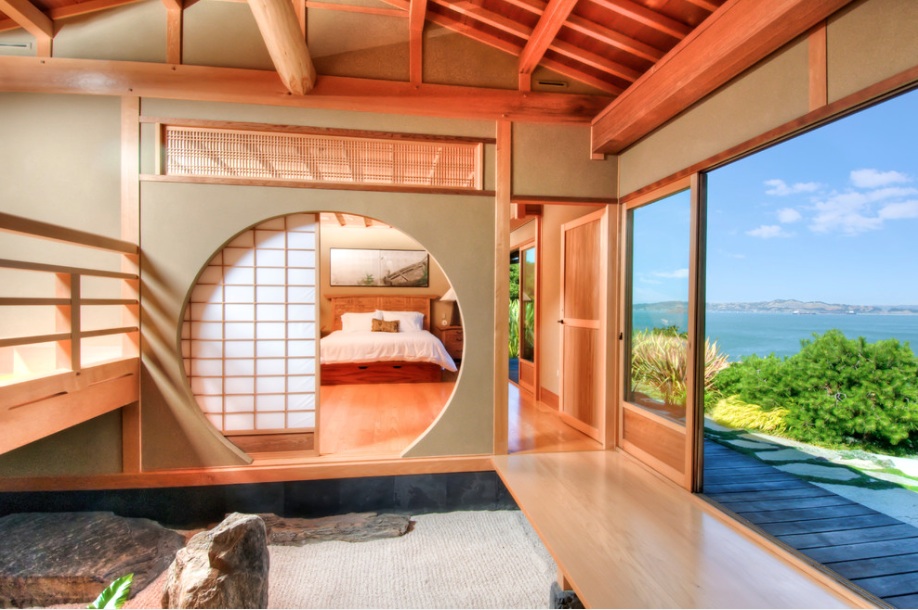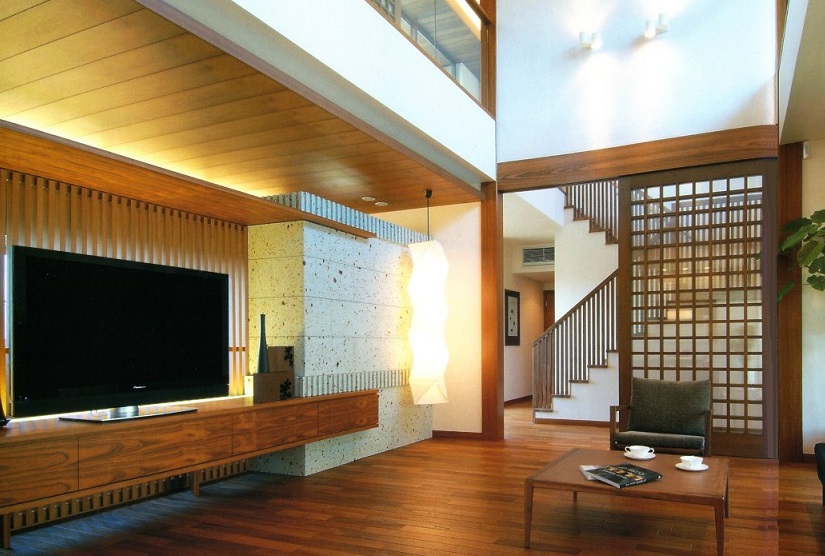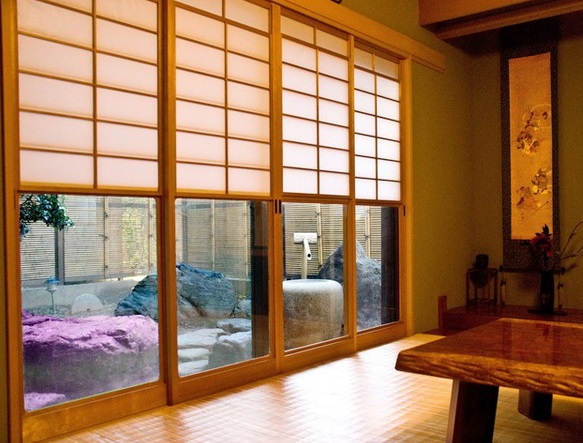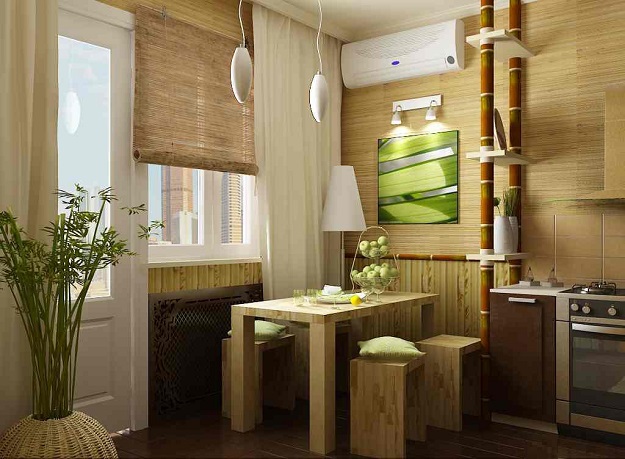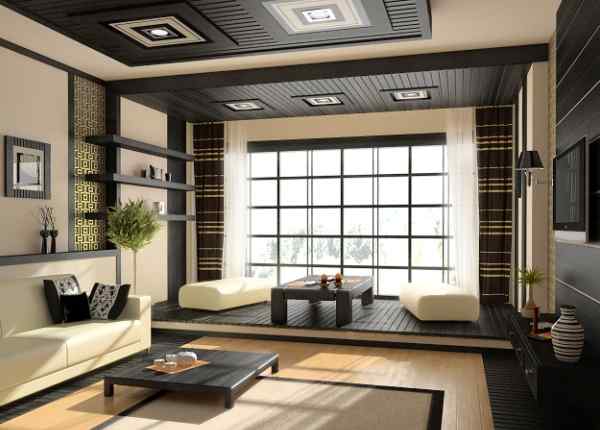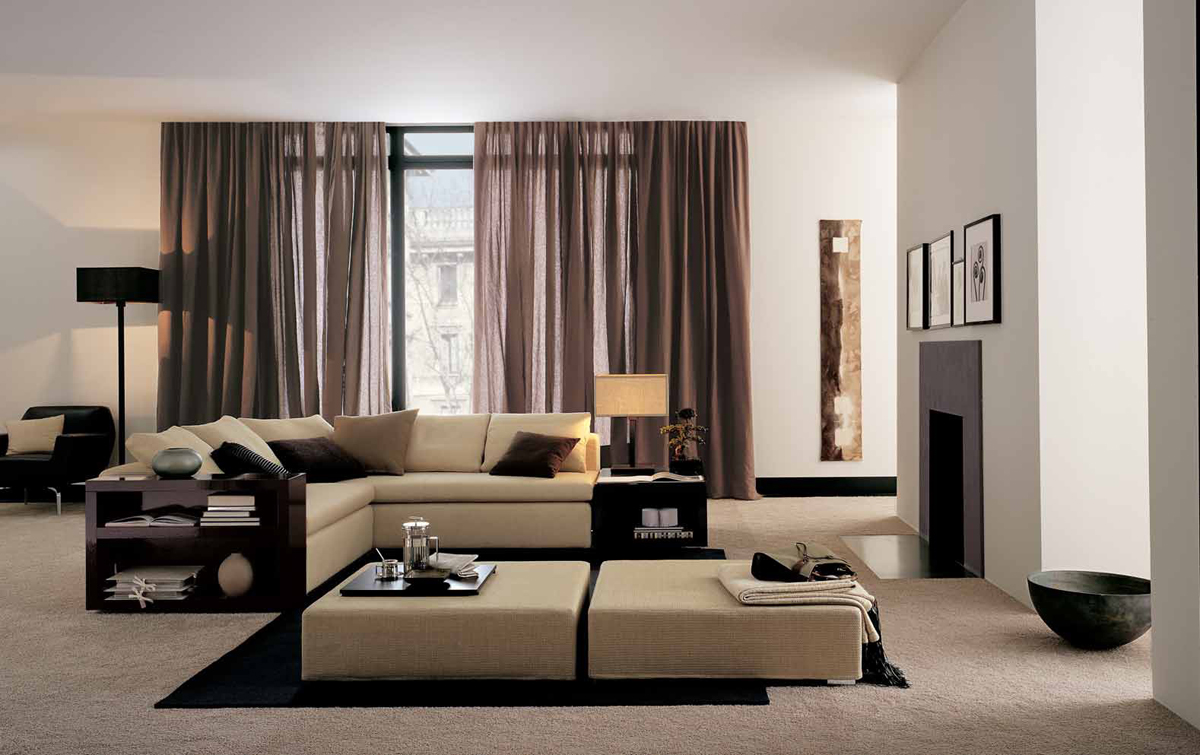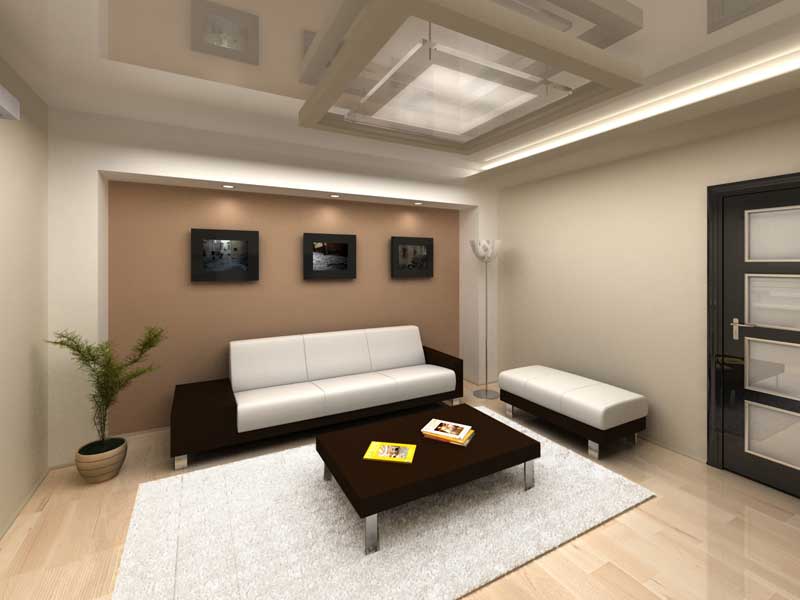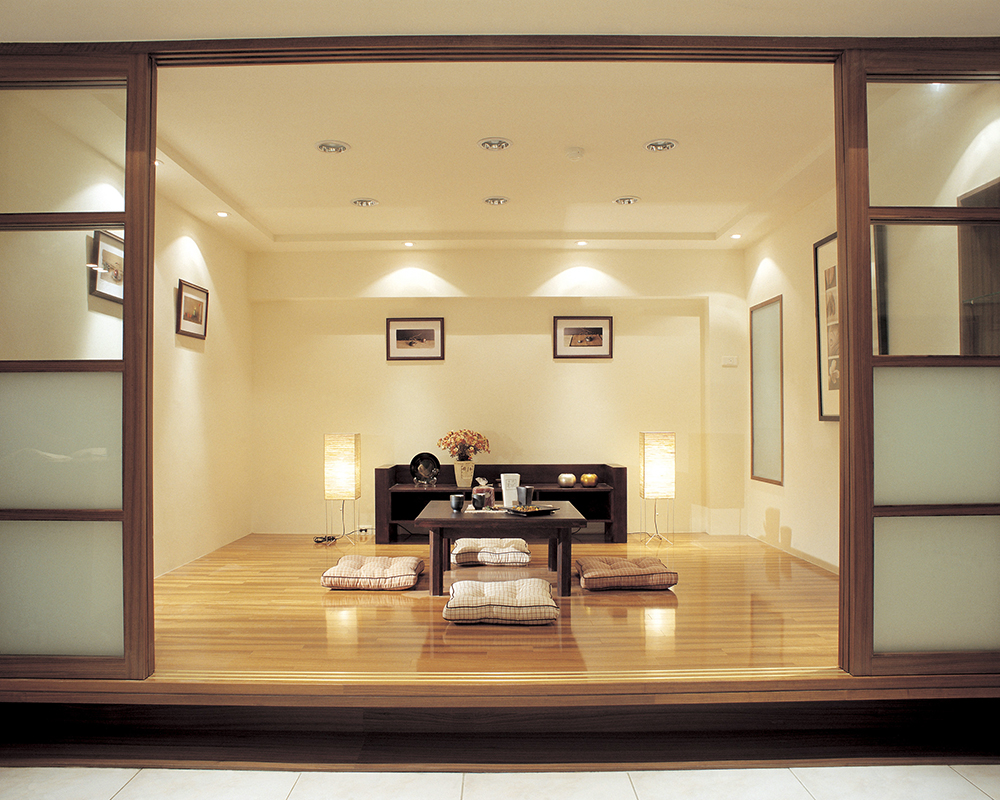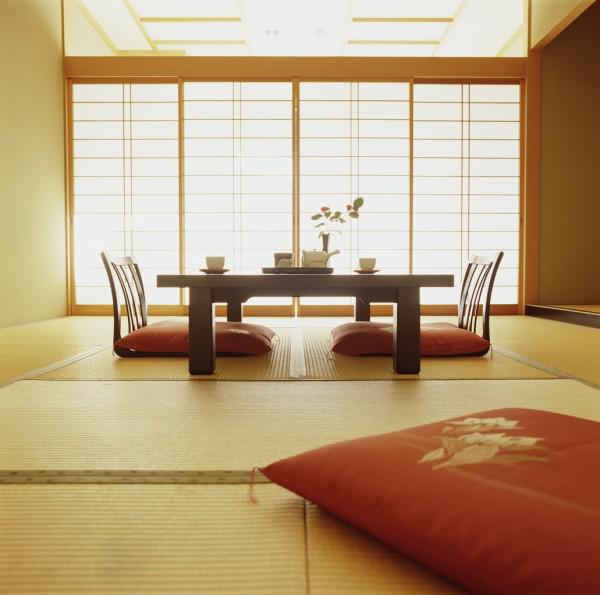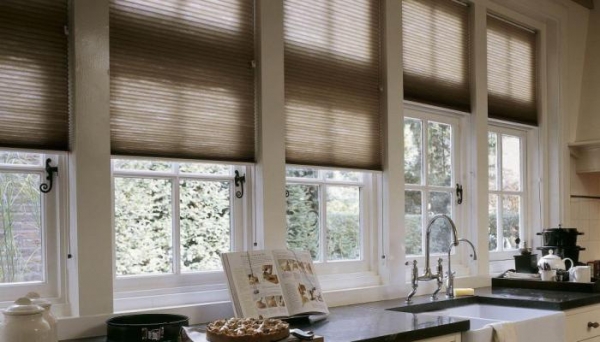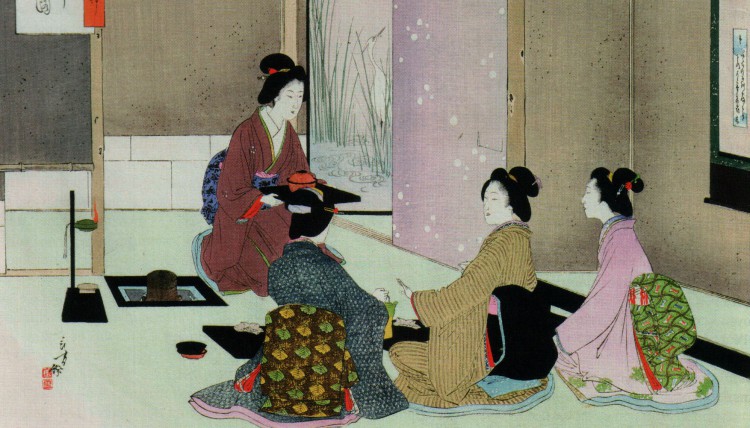To summarize in one word: Zen. Yes, peaceful simplicity surrounds the humble designs of Japanese culture. Thousands of years steeped in tradition have influenced Japan. The architecture and interior design are aesthetic. The Japanese style develops with a clean and clear life, holding tightly to balance, order, ancient customs and love of natural beauty.
And so there are several ways to give Japanese style to interior design.
When we hear or learn about ancient tea ceremonies and the way of life of Japanese culture, it immediately becomes very cute. If, for any reason, We want to embody this style in our home to bring Zen into our own lives, then We could use this opportunity. A little peace and harmony never gets in the way. Since interior design decorations lead to serenity and a touch of perfection, let’s look at 10 ways to add some style to your home today..
Elements of nature
Japanese culture is full of love and respect for nature. The best way to keep in touch with her natural world is to highlight the natural elements in the room. Adding traditional Japanese plants such as bonsai and bamboo to your home will add a Japanese cultural connection. Indeed, though, you can add any kind of greenery and still achieve a similar style. Try adding vibrant plants like orchids, which can also add a distinctive look.
Bathrooms play a huge role in Japanese interior design.
To the sound of the murmur of pouring water, you will enter a meditative state, which will have a calming effect on you. Also, elements such as plants combined with water are a must in a Japanese home..
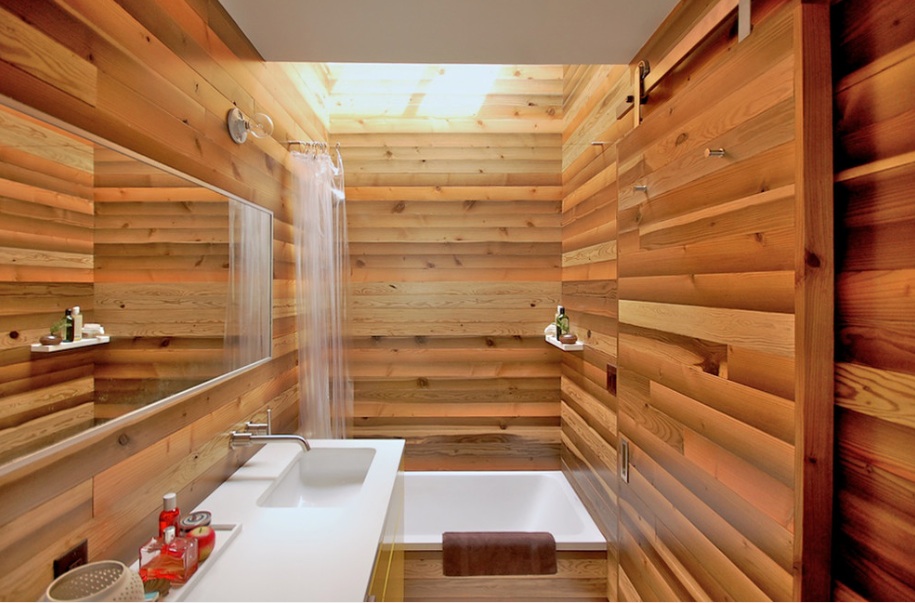
Ofuro, which translates as a bath in Japanese in the tradition of tranquility is something worth adding to your home. The baths are small and deep, where there is usually some kind of seat. These baths are becoming an oriental trend for many health conscious homeowners. .
Japanese style with sliding doors and screens
Authentic Japanese screen called Shoji, and it is an important design element in Japanese homes.
Due to the high cost of housing, Japanese homes tend to be small in size and many residents choose to rent apartments, so saving every square inch of space is essential. Unlike swing doors, Shoji slide saves space, which plays an important role..
Authentic Japanese screens are usually made of thin translucent paper that is embedded in a wooden frame. However, modern versions of these screens can be found on the Internet and will usually be made of glass panels with a wooden grille inside..
Another key element of these screens is that, unlike doors, they do not block natural light and nature views. All of these can be a great way to incorporate unique style into your own home..
Elements of wood and bamboo in Japanese interior design.
One of the best ways to blend in with nature is to add natural wood elements to your home. Japanese culture is known for its use of wooden elements throughout.
Walls, doors, grilles and screens are made of natural wood. The most common woods in western versions are maple, cypress, hemlock, and red pine..
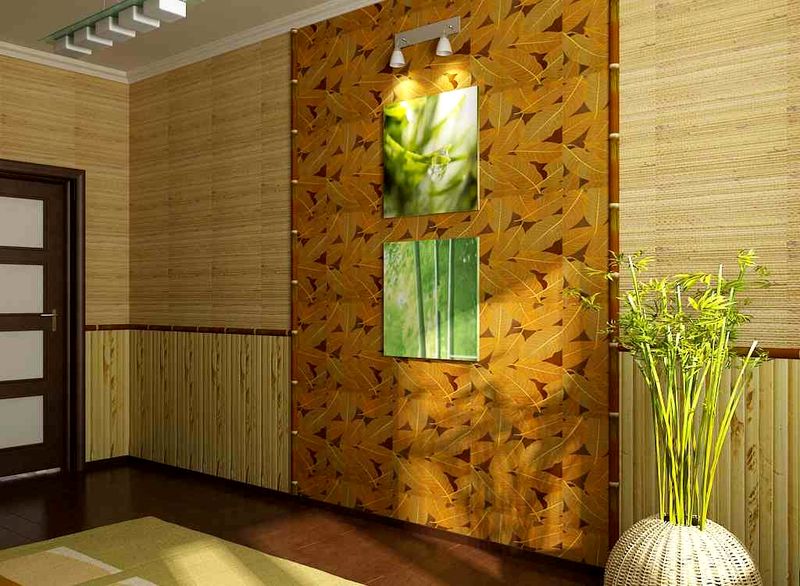
Japanese-style hallway.
The Japanese hallway is called Genkan. This is the area where visitors are greeted and also the place where shoes are immediately changed to room slippers..
At the entrance there is a shelf or cabinet called getabako, used for storing shoes. The construction is simple and also has wooden elements and plenty of natural light..
Japanese style furniture.
While in many authentic Japanese homes, homeowners do not share living room furnishings, we can try to imitate the simplicity of Japanese spaciousness..
In most cases, the Japanese prefer to be grounded, usually using pillows, especially when it comes to tea ceremonies..
By imitating a simple aesthetic design, we can incorporate low furniture such as bedside tables, tables.
Or you can make it all more authentic by surrounding the low table with pillows, which will add a little romance and color..
Minimalism principles
As you can see, the Japanese style is very minimalistic, there is no clutter here..
The trick is to keep your interior simple and light, most modern designers adopt the style of the Japanese interior and successfully replace the old boring interior with a light and comfortable one – because this style is very easy to repeat.
Studying art Feng Shui can also help you create your minimalist interior.

Space and lighting
As mentioned above, open space and minimalist design are the main tenets of Japanese design. So let’s take a look at another way this design is the natural light aesthetic..
Avoid heavy draped curtains as they block natural light.
Opt for bamboo blinds or sheer curtains, natural light is the best way to illuminate your home!
What colors to choose
Japanese homes tend to contain simple, natural colors. The predominant colors are brown tones of wooden elements and greenery of plants. The floors are wooden or gray stone tiles, most of the walls are replaced with stained glass doors. Try incorporating wood elements into shelving, wall panels and flooring, or adding gray tiles to your floor or letting it be present in your furniture. In addition, do not forget about plants and flowers, because this is a key accent..
Tea ceremony
Immerse yourself in the world of Japanese culture through tea ceremonies. Choose a suitable place in your home, but do not forget, it should be in the main positions, spread out the pillows, and now sit down and enjoy the tranquility, add the sounds of water and drown in relaxation, because now you have your own corner of happiness and peace!
We really hope that this article will help you with the choice and you will also fall in love with the Japanese style, its aesthetics, we wish you good luck with your experiments.!

